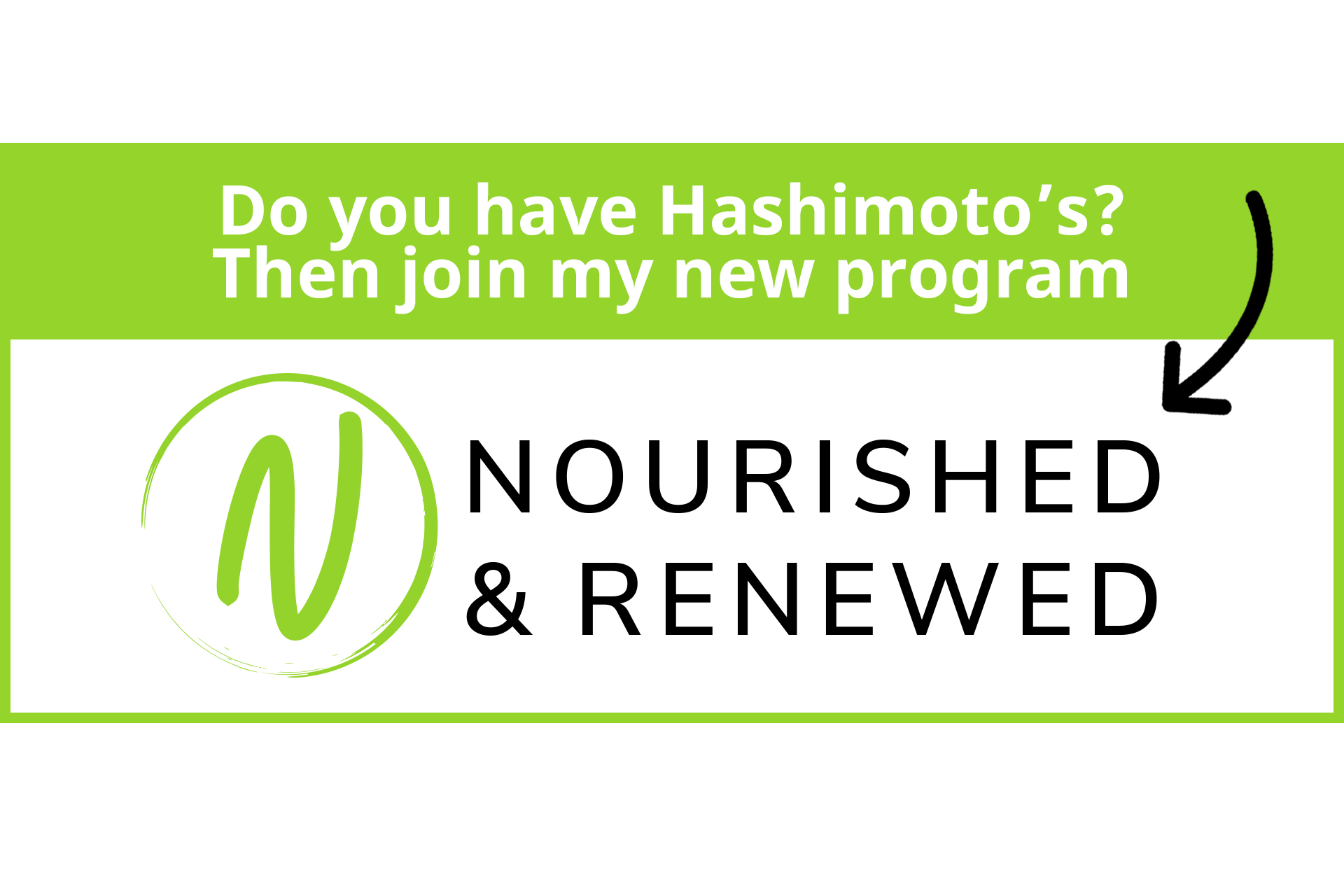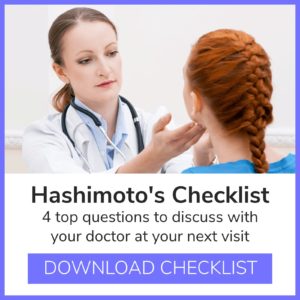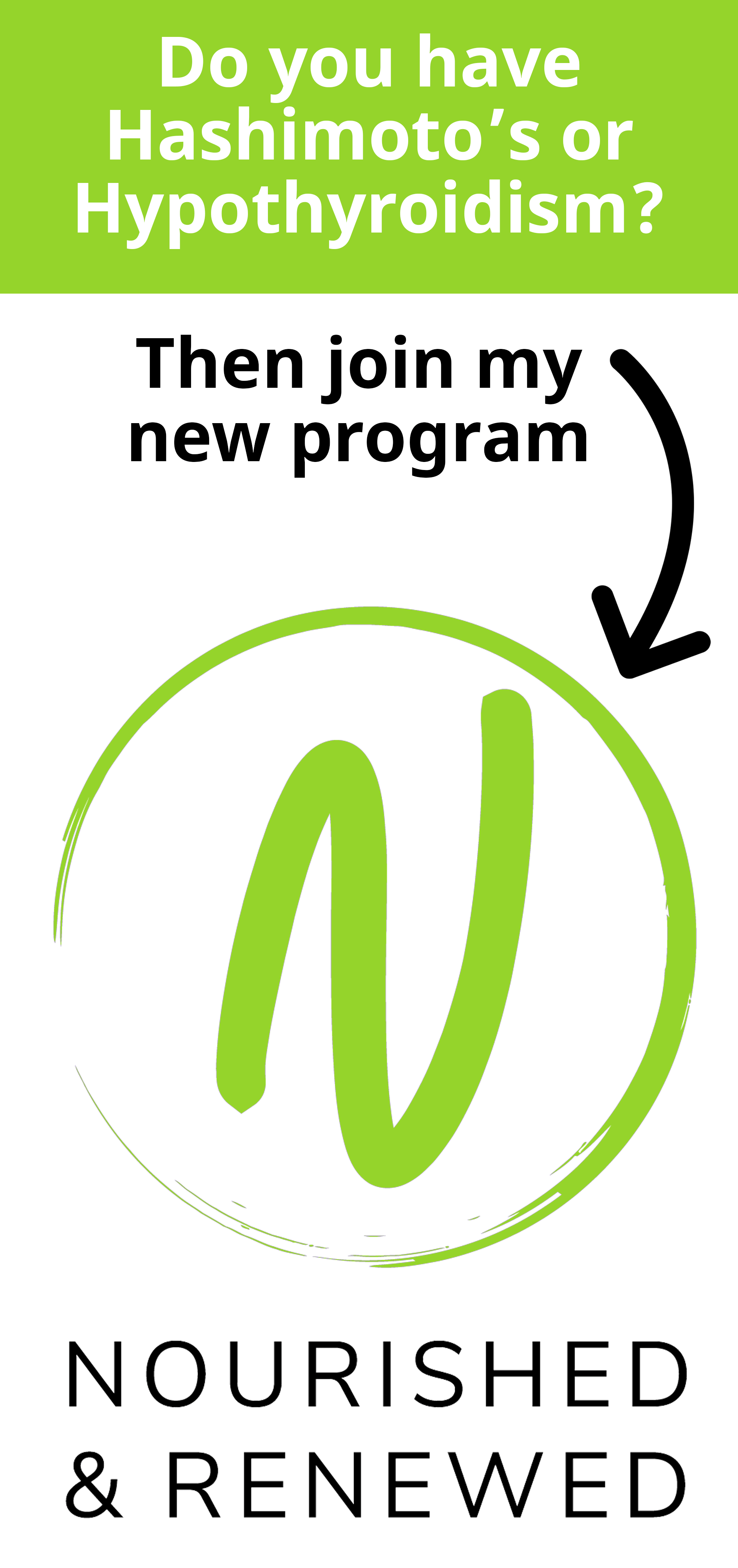Hello, Heart, I hardly knew you.
Last November, I started feeling a fluttering, vibrating sensation in my chest/heart. I remember distinctly the first time I felt this sensation - I was sitting in front of the fire and working on my laptop.
It felt like a phone on vibrate was in my chest pocket. Over and over, it went. What the?!
I saw my primary care doctor and she heard a sound called a PVC. We agreed to watch and wait.
The vibrations continued daily, sometimes all day.
I just kept doing what I normally do - exercising, working, volunteering, kids’ activities, holiday prep, etc.

A perfect storm.
A couple times, my racing heart and palpitations felt like something to be worried about. My doctor kept tabs and even made a special 10 pm visit to her office with me for an EKG.
Normal.
We decided on a 24-hour holter monitor test (which also later came back normal).
The night of January 18th, while driving to pick up my daughter from gymnastics, something happened to me.
A hot rush of weird tingly-ness went up the left side of my neck. I felt like I couldn’t take a deep breath. I was hot, then cold. Then I was nauseous.
The radio was bothering me, the lights of other cars were so bright. My heart rate went from 75 BPM to over 150 in about 3 minutes.
I felt like someone had pulled a hood over my head from behind. My peripheral vision was black and soon I had tunnel vision.
I was driving, so my first thought was who to call, where to pull over, what to do next.
Before I was able to pull over, within seconds I lost full vision. While driving.
I ended up on the other side of an intersection and THANK GOODNESS no one was hurt.
I called 911 and they came.
I said “I think I am having a heart attack.” A trip to the ER revealed that I did not have a heart attack.
Everything checked out ok. I went home.
I felt like I had a hangover the whole next day or two.
I called this a “fainting episode.”
Nothing else was in my realm of understanding.
I fainted while driving?! Really scary and hopefully a flukey thing.
Was I stress-provoked? Low blood sugar? Overly tired? A week went by and I went (relatively) back to normal.
Exactly one week after the first “episode,” the same thing happened again while driving. But, this time I pulled over before I lost vision. My vision stayed blurry. My sense of space and dimension was off. I felt like I was driving a spaceship. Vertigo set in.
Thankfully, an Uber driver got me and my car home safely. I ended up back in the ER that day due to a heart rate that never came down (98 BPM while laying down) and I checked out fine.
Again.
Nonetheless, I decided to stop driving until I knew more.
Over the course of the next couple weeks, I had approximately five or six more of these episodes and every single one was the same:
- A sensation on the left side of my neck.
- Shortness of breath.
- Body temperature dysregulation.
- Digestive upset like nausea, or even diarrhea.
- Photo and phono-phobic.
- Elevated heart rate.
- Loss of peripheral vision or “tunnel” vision.
Despite the episodic suffering, I have also had consistent daily symptoms of fatigue, heart rate increase, shortness of breath, chest pain, dizzy feelings and more.
I admit, my quality of life has been decreased due to my inability to work, exercise, care for my family properly, have the freedom to drive safely, and so on.
And with that comes a lot of emotional suffering.

Medical mystery tour.
On my quest to figure out what is wrong with me, I have been to my primary care doctor half a dozen times.
I have also seen two cardiologists, an endocrinologist, THREE neurologists, a functional chiropractic neurologist and a rheumatologist. Tests and labs were mostly “unremarkable.”
After two MRIs, a chest X-ray, urine study, and more EKGs than I can count - nothing.
(Thank Goodness for the things we were able to rule out with those tests!)
I went to the Emergency Room a total of three times, and the third time, the attending PA’s first words to me were “I doubt we are going to be able to help you.”
Everyone’s professional opinion? Migraines and/or anxiety.
The solution? Anti-anxiety medications.
This is not my first rodeo. In 2001, prior to being diagnosed with Hashimoto’s, the medical modicum was much the same: “You are depressed and need medication.”
Well, listen, I know my body, and I know how to advocate for my health.
While I know with certainty that anxiety is not the root cause of my symptoms, my symptoms have in turn caused me to feel anxious, worried, nervous and sad.
Luckily, I have spent nearly two decades filling my “happy & healthy toolbox” with strategies for self-care, coping, healing and reflection.

Finally, progress.
My primary care doctor suggested a revisit to the cardiologist to get an echocardiogram (ultrasound of the heart) to just “double-check”.
I am so glad she circled back on this.
The echocardiogram revealed a rather large hole (patent foramen ovale or “PFO”) in my heart, between the atria.
A place where the tissues should have sealed at birth, didn’t.
Actually, it’s a common congenital heart defect, affecting about 1 in 5 people. Most adults never know they have this hole in their heart because they do not have any symptoms.
However, adults who become symptomatic typically do so around the age of 40. Symptoms like increased fatigue, heart palpitations, shortness of breath, chest pain or tightness, dizzy feelings and more are common.
One primary concern facing adults with PFO is an increase in risk of transient ischemic attack (TIA) or full-blown stroke.
In addition to the PFO, I have something called an atrial septal aneurysm (ASA).
Basically, it’s a piece of heart tissue branching off my PFO. It looks like a giant jump rope AND flips and flops with every beat.
The ASA also apparently acts like a two-way valve, allowing blood to mix between the atria.
It means the side of my heart that is supposed to supply oxygen-rich blood to my brain is supplying oxygen-poor blood instead, giving me an almost constant dizzy or lightheaded feeling.
My heart is essentially my body’s blood pump - for all things: oxygen, glucose, nutrients, hormones, neurotransmitters, etc. - so if my pump isn’t working properly, my body and brain aren’t getting the crucial things they need via the blood.
The affected heart/pump in turn affects every system and organ in the body.

Next steps
I insisted on getting to the root cause of my symptoms.
I have spent countless hours researching my symptoms, my condition and the connections between my heart and brain.
I have met with or talked to dozens of healthcare providers, holistic healers, colleagues, friends, and several other women around my age who have a PFO too. I even joined an online PFO Research Foundation support group.
I can certainly tell you there are still a lot of hoops to jump through before this saga is over.
Additional tests will tell us if I am a good candidate for surgical closure of the PFO/ASA and if so, what kind of surgery.
They can fix it percutaneously by inserting a closure device through a vein in my groin, or with a more complex surgery.
My fingers are crossed for a simple closure and resolution. With closure, my lifetime risk of stroke will be less, and my symptoms will hopefully go away.
There will be a period of recovery and of finding a new homeostasis or balance in my body after closure. And, I will probably have a different outlook on a lot of things, first and foremost my heart.
The heart I never even thought about before all this.



